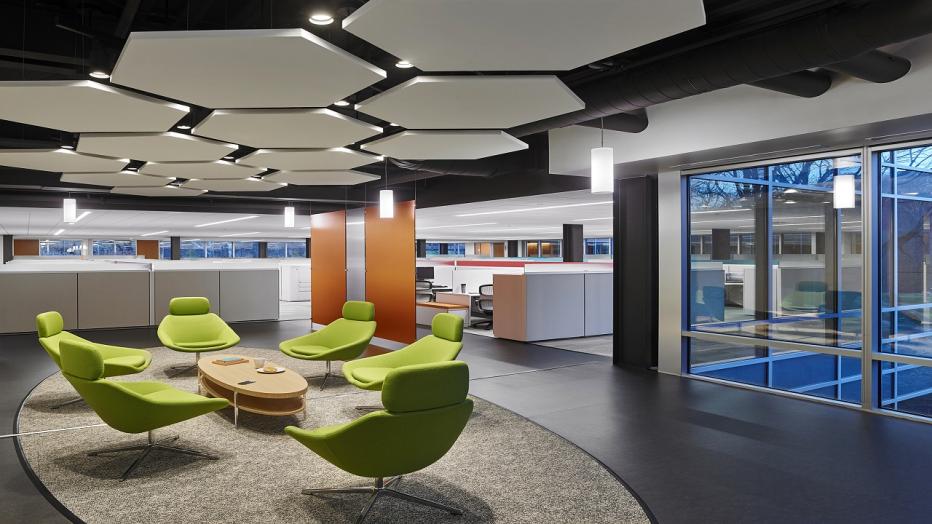
The urban built environment is responsible for 75 percent of annual global GHG emissions – and buildings alone account for 39 percent. Eliminating these emissions is key to addressing climate change and meeting Paris Climate Agreement targets.
This systemic crisis is well understood in sustainability circles and is slowly being recognized inside institutions and among policymakers. The American Institute of Architects (AIA) created the 2030 Commitment to directly transform the practice of architecture in a way that is holistic, firm-wide, project based and data-driven. By prioritizing energy performance, participating firms can more easily work toward carbon neutral buildings, developments and major renovations by 2030.
Jacobs recognizes the global reach and ultimate impact we possess to change the circumstances of our environment. Since 2010 when we first signed the commitment, we’ve tracked Energy Use Intensity (EUI) and Lighting Power Density for our projects during the design phase, comparing them to baseline performance values of existing buildings. We use our exemplary projects, like the St. Gobain North American Headquarters as a benchmark for subsequent projects. This project is a prime example of how our integrated design team incorporated integrated energy saving strategies utilizing occupancy sensors to control both lighting and HVAC in setback unoccupied modes, daylight dimming and high-performance LED lighting, which represented a 44 percent savings in lighting energy alone. Saint-Gobain’s LEED Platinum certification demonstrates tremendous green building leadership.
“We’re determined to take the bold and transformative steps urgently needed to shift the world onto a sustainable and resilient path,” said Global Vice President for the Built EnvironmentBrad Simmons. “Our commitment to sustainability is woven into our culture and is an integral part of how we work – both project work and operational strategies we implement to reduce our own impact.”
The 2030 Commitment includes two main tenets – integrating sustainable thinking into our project work and developing a sustainable action plan for our own practice. We issued a plan when we originally signed on, but recently incorporated PlanBeyond, our global sustainability action plan that adds a vital third branch focused on our people, along with sustainable project work and our operational sustainable workplace plans.
We’re developing guidelines for Jacobs’ office renovations and modifications to ensure that our own facility upgrades meet the standards we recommend to our clients. We’ve committed to pursue LEED certification for all our new offices, wherever feasible. Currently, seven of our Jacobs offices across the U.S. have achieved LEED certification, most them Gold or Platinum rated, including Boston and Irvine, our most recent certifications. Boston is also pursuing WELL certification, and we’re proud to announce that our Milan office is our first WELL-certified office and the first WELL-certified building in all of Italy.
Our Philadelphia and Boston offices are Fitwel certified and we’ve committed to certifying more offices under the program, which focuses on health, productivity and occupant satisfaction. Fitwel focuses on operations and occupant opportunities, we see this as an option for many offices which are not undergoing renovation, to reach a greater percentage of our employees, visitors and clients where we work.
“Sustainability requires an integrated approach to design, working together on optimization strategies that individual stakeholders cannot solve alone,” said Jacobs Global Environmental Solutions Senior Vice President/General Manager Jan Walstrom. “With Jacobs’ vision of providing solutions for a more connected, sustainable world, we continuously strive to achieve our corporate commitments, while partnering with our clients to implement holistic concepts that help mitigate the impacts of global climate change.”
We believe that altering our profession’s practices and encouraging our clients and the overall design and construction industry to join us will be necessary to realize significant reductions in the use of natural resources, non-renewable energy sources and waste production.
























































